The Raid Technisub scuba set (see Figure 1) was launched in 1972 and, compared to the production of diving equipment of the time, stood out for its decidedly captivating and original aesthetic and design solutions, even if not all of them were necessarily effective and appreciated by users. The colors available for the upper plastic protection shell were yellow (the standard color), red, white and grey.
 |
| Figure 1 |
Although the company located in Genoa underlined its superior performances in terms of hydrodynamics (I assume that RAID stands for Respiratore ad Aria IDrodinamico in Italian), there remains some doubt as to how fundamental this aspect was really in a context in which the typical advancement speed is so low as to make the resulting reduction in resistance almost indistinguishable. The project brought with it a series of weak points that the divers of the 70s would have soon identified (i.e. reduced structural rigidity of the scuba set, possibility of pneumatic leaks at the level of the connection pipe between the lower part and the upper part of the tank valve, ease of damage to the external plastic shells due to frequent contact with external bodies both out of the water and underwater, etc.). However, beyond the limited commercial successes that this scuba set would later achieve in the few years of production, its historical importance is linked above all to the use made of it by Commander J. Y. Cousteau along of the 70s during the numerous underwater documentaries produced in that period (see Figure 2 and Figure 3).
Knowing the great communication skills of Cousteau who was a master in emotionally involving the viewers of his documentaries through highly evocative images, it is probable that the idea of the Raid was suggested or requested to Luigi Ferraro, founder of Technisub and Gold Medal of the frogmen Gamma team of the Italian Navy during the Second World War, by the French oceanographer. All this thanks to the relationship of esteem and trust that existed between Cousteau and Ferraro since the end of the 1950s when they both found themselves reunited in the directorate of the newly formed CMAS (World Confederation of Underwater Activities). The shape of the Raid was in fact reminiscent of the backpack of the astronauts of the Apollo missions who, in those years, were attracting the attention of the world public thanks to the various lunar missions which had led man to step on the soil of that satellite for the first time.
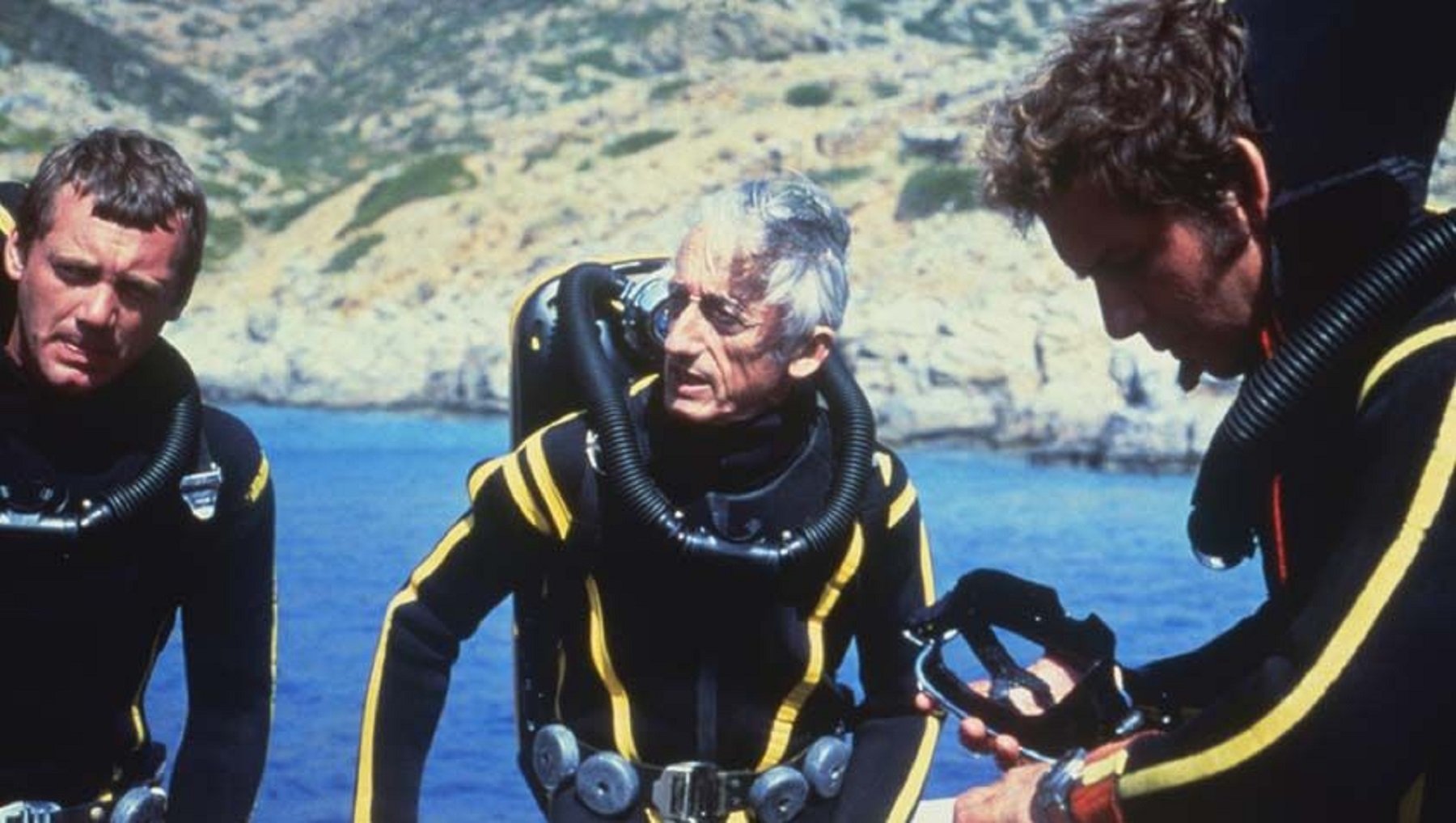 |
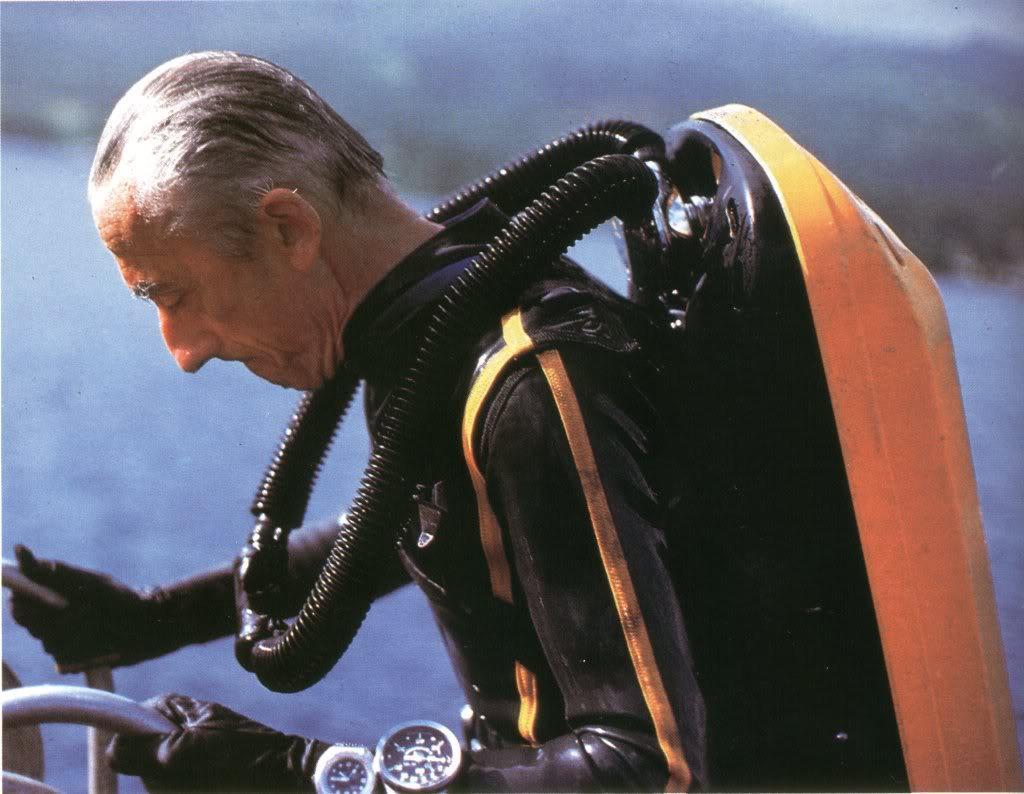 |
| Figure 2 |
Figure 3 |
To give even greater prominence to the idea and the similarities with space missions, in some subsequent documentaries the Raid, but also all the rest of the diving equipment, had been painted in silver color, giving life to truly spectacular images (see Figure 4 and Figure 5).
 |
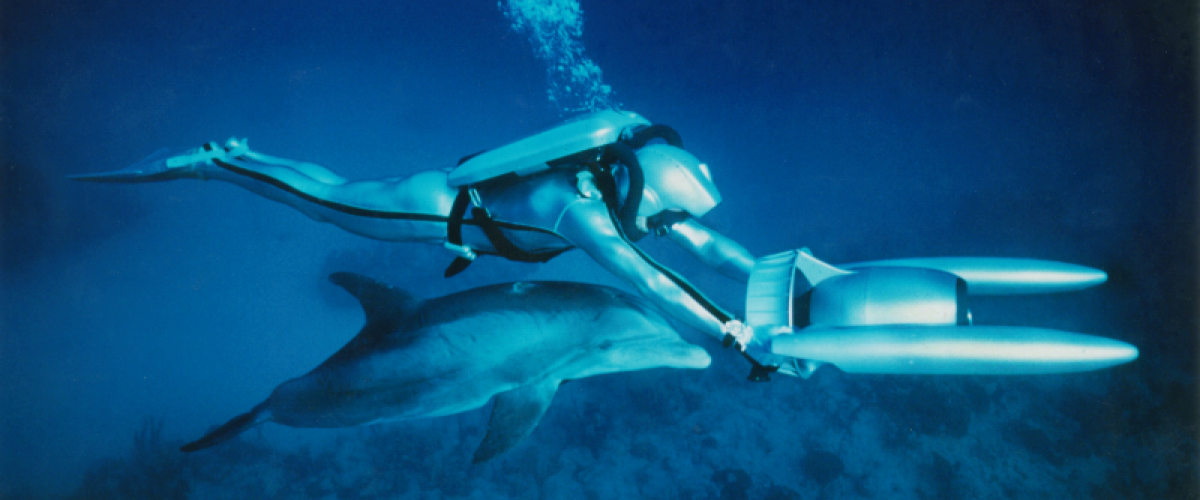 |
| Figure 4 |
Figure 5 |
After years of fruitless searching, I managed to find a Raid sample for my collection. Unfortunately, on the unit the two tanks and some parts of the internal fittings were missing and the external plastic shells were badly marked by scratches, superficial cuts and areas without paint. The central Technisub decal plate, originally made on a rubber sheet, was also missing (see Figure 6 and Figure 7). The good thing was that all the original harness, including attachments and buckles, was complete and in good condition. The sample was not provided with regulators and the special pressure gauge (optional on this model).
After having carried out a thorough cleaning of the unit, I realized that the impression of a "worn and perished" object remained, especially due to the impossibility of eliminating the various damages on the plastic shells. I therefore decided to entrust the two shells (the internal black one and the external yellow one) to the care of a professional car re-painter, recommending that they restore the shells surfaces to a condition as if they had just left the factory. The result of this work can be seen in Figure 8 and Figure 9.
Not being able to find an original Technisub rubber decal plate, I replaced this with a sticker of the same image and size that I found on eBay (see Figure 10). As regards the two "Raid" writings placed on the sides of the external shell, not having found anything original, I decided to reconstruct these parts by printing the name "Raid" on a special transparent adhesive film specifically designed for office printers (see Figure 11).
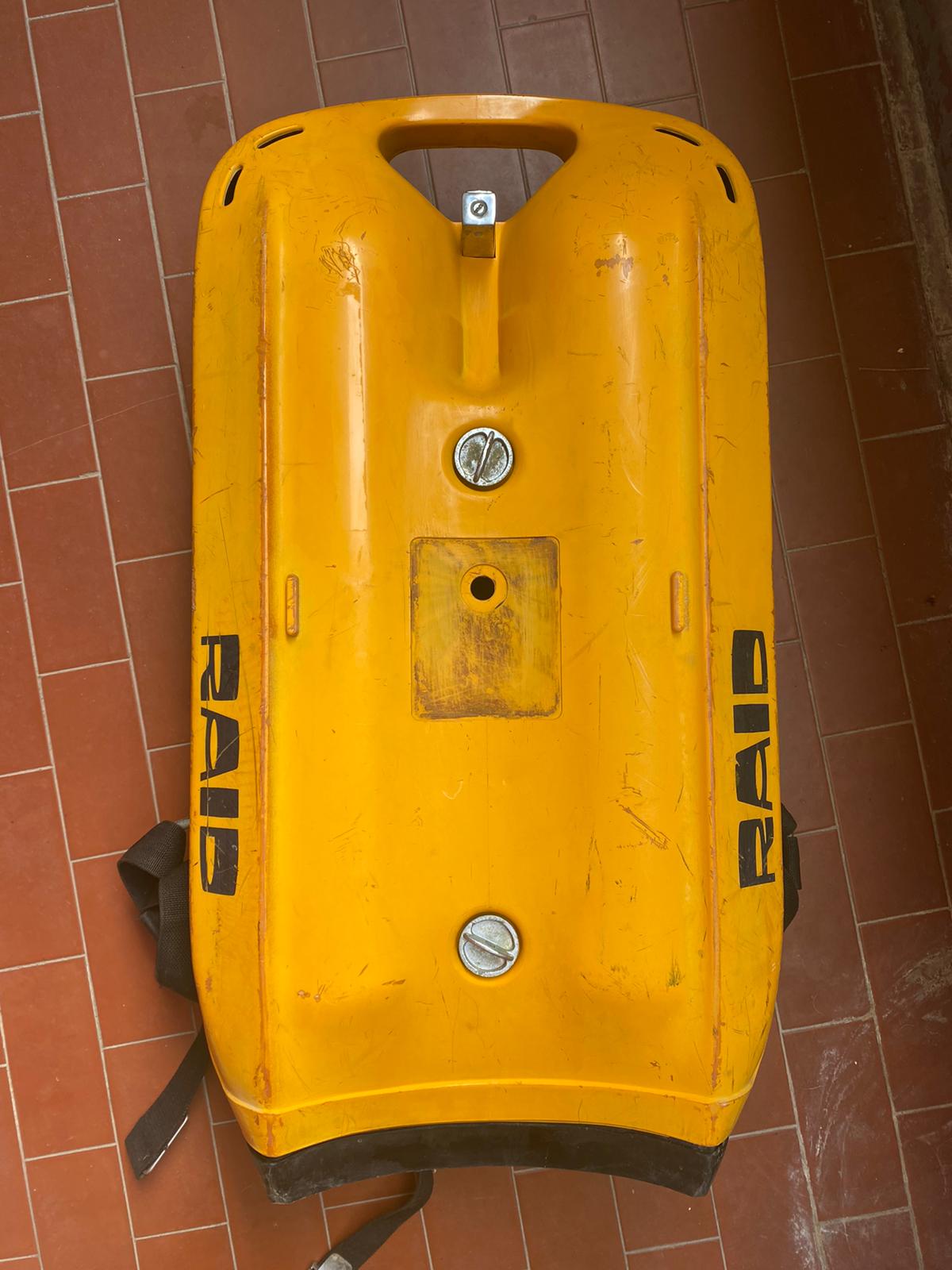 |
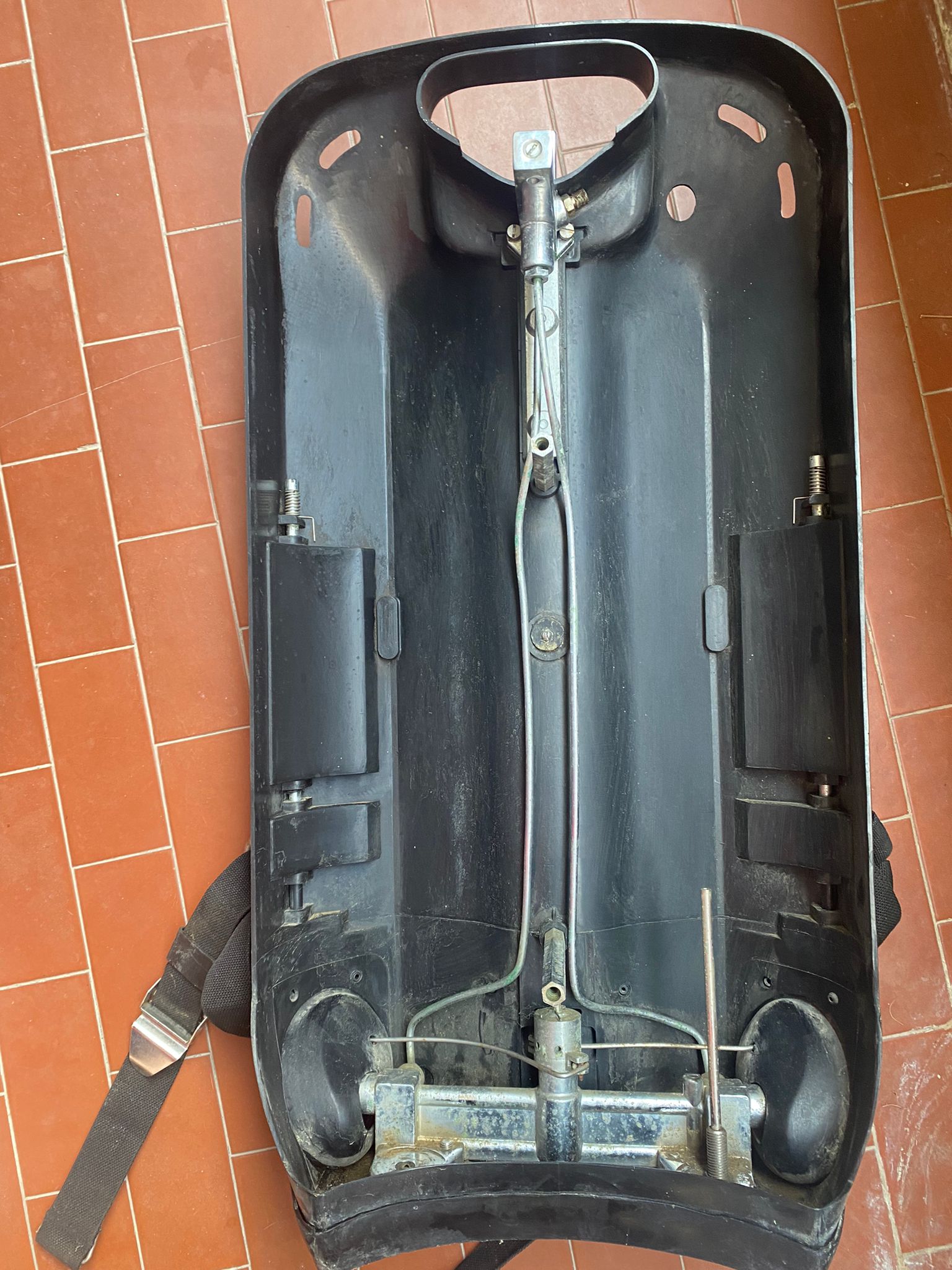 |
| Figure 6 |
Figure 7 |
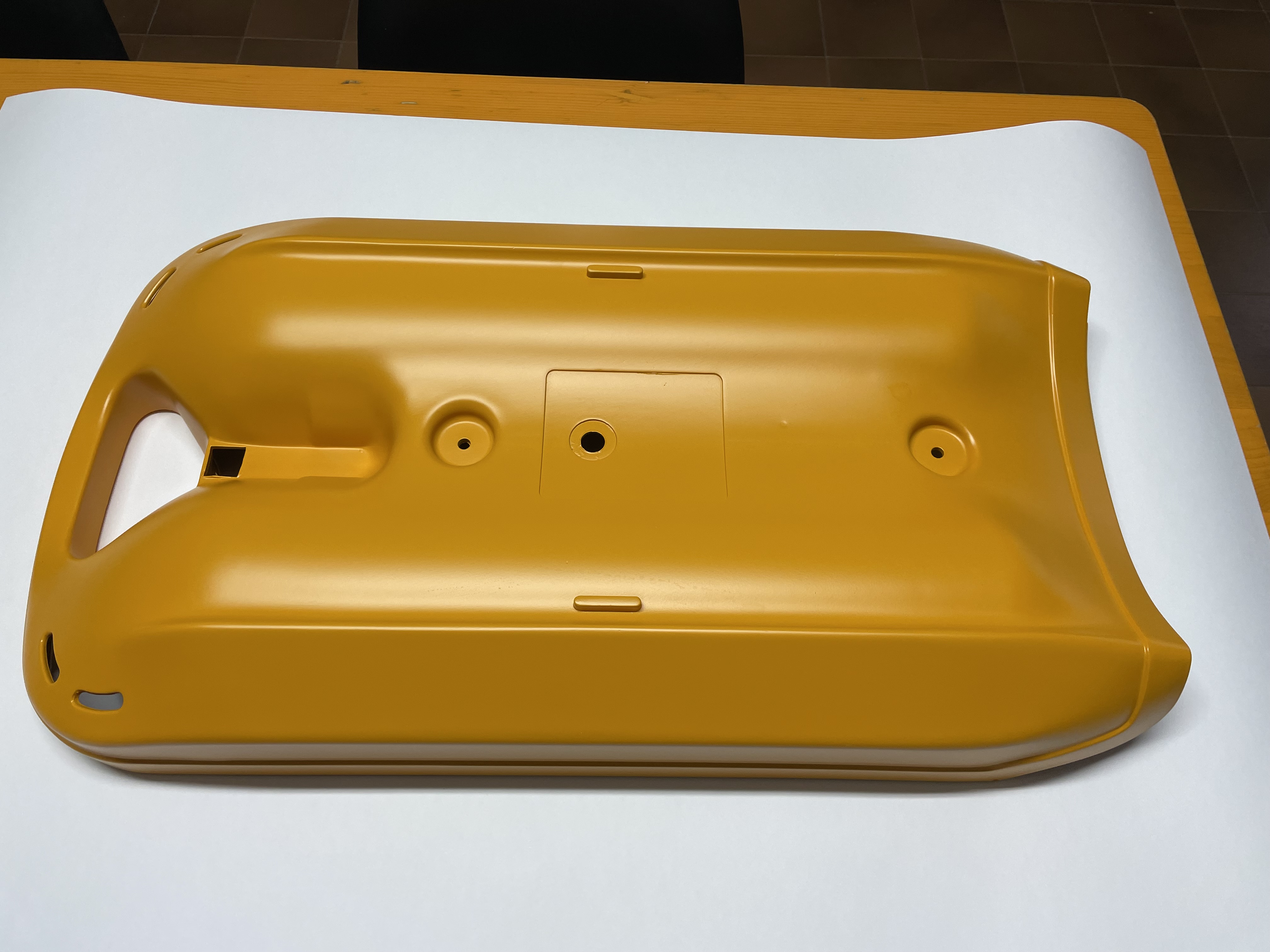 |
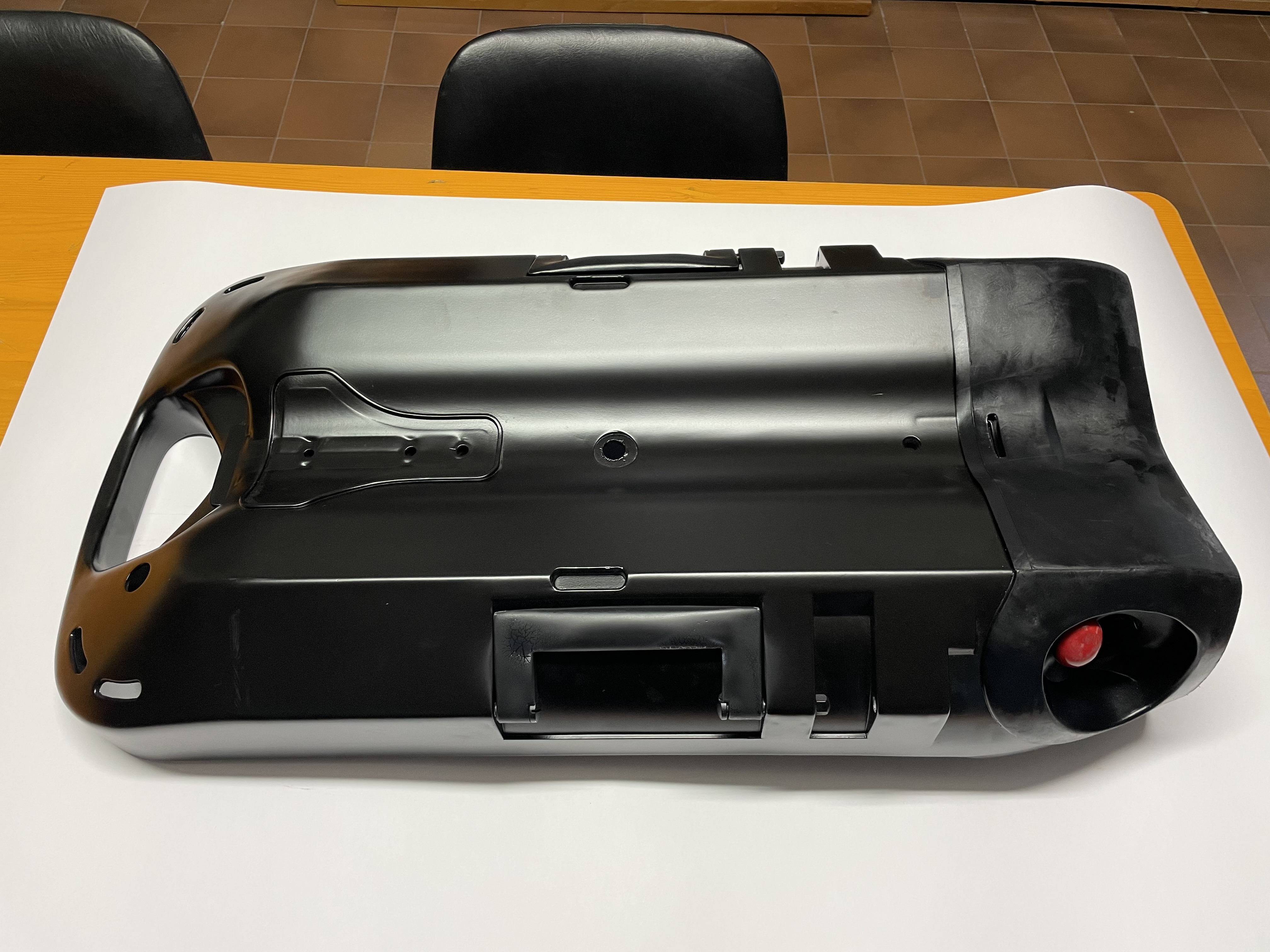 |
| Figure 8 |
Figure 9 |
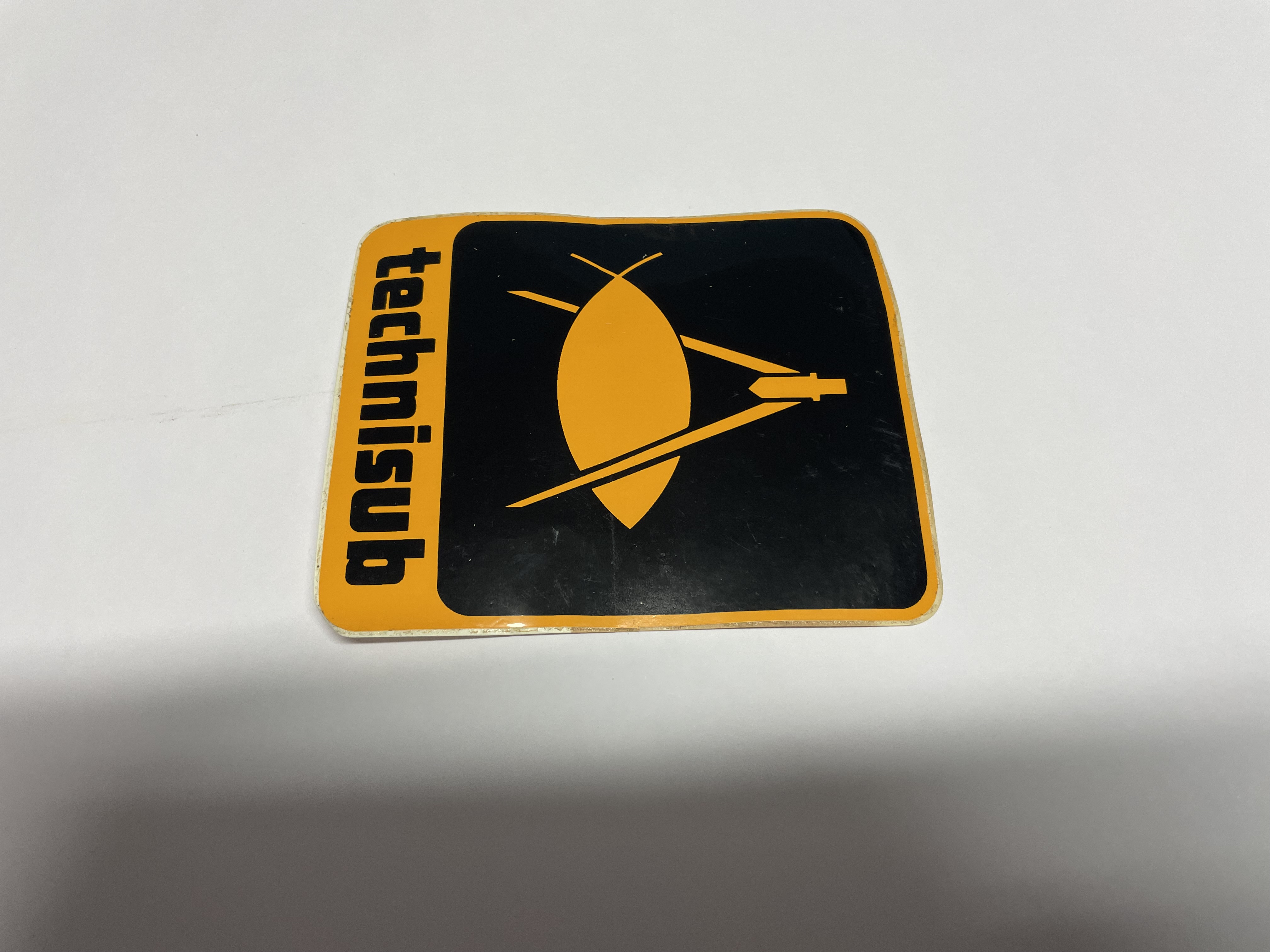 |
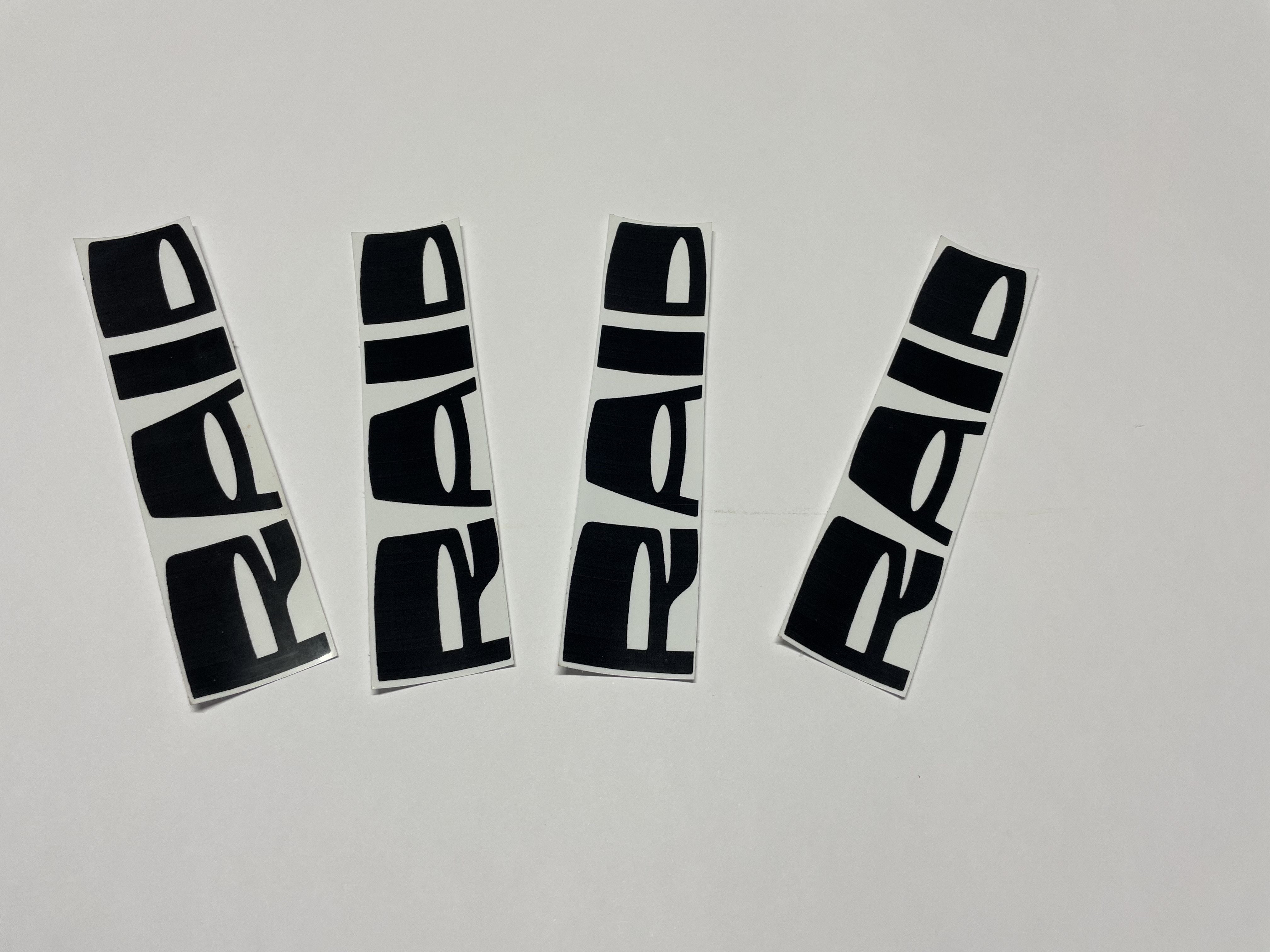 |
| Figure 10 |
Figure 11 |
After applying these stickers to the external shell, the final result can be appreciated in Figure 12. The problem of the lack of cylinders was solved by using those of an old Technisub double tank scuba set from the early 1980s (see Figure 13).
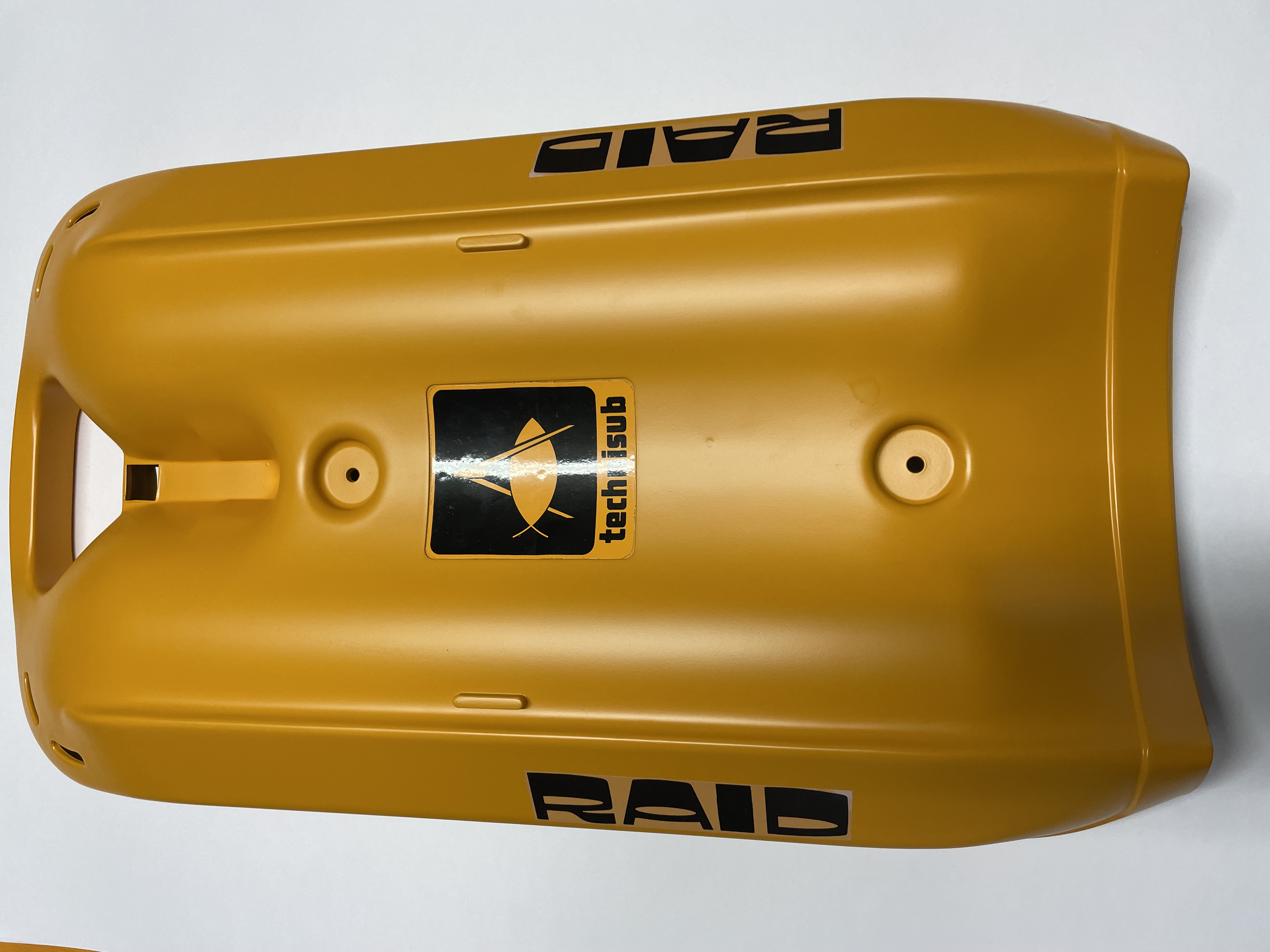 |
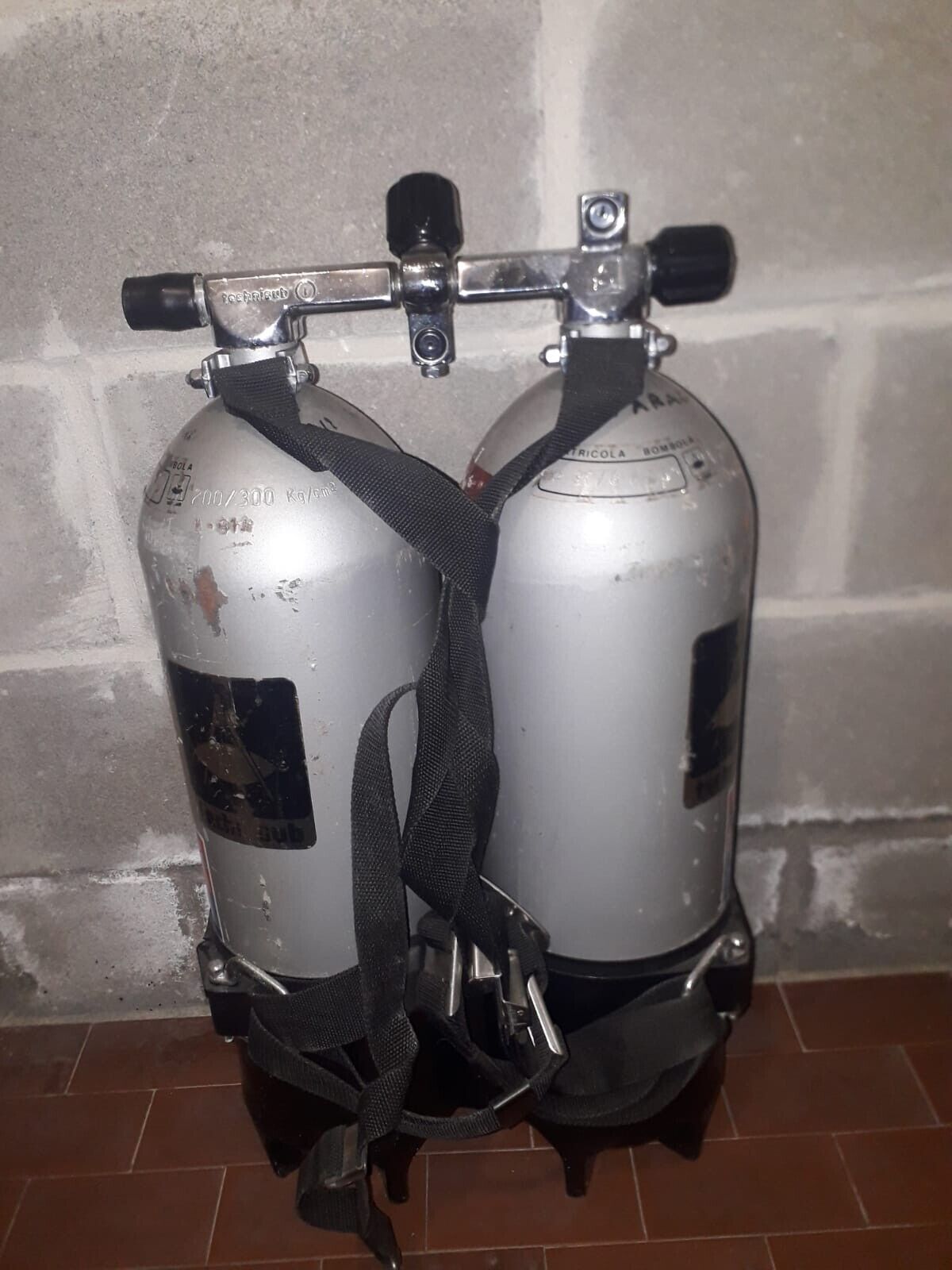 |
| Figure 12 |
Figure 13 |
Also in this case the cylinders were carefully cleaned and repainted. The most challenging activity of the whole job was the reconstruction of the missing fittings and adapters designed to secure the tanks to the lower valve. Initially I tried to find someone among collectors and enthusiasts who had these components available as spare parts. After months of fruitless research, I decided to try to have them built according to drawings. These drawings were developed from exploded views of this set and some photos that I was able to find on the Internet. At that point I performed several measurements on the existing part of the valve using a caliper and a micrometer. These measurements, compared with the photos of the missing details found online, allowed me to produce hand drawings which allowed a mechanical machining shop to rebuild the pieces in question. The components thus manufactured are shown in Figure 14 and Figure 15.
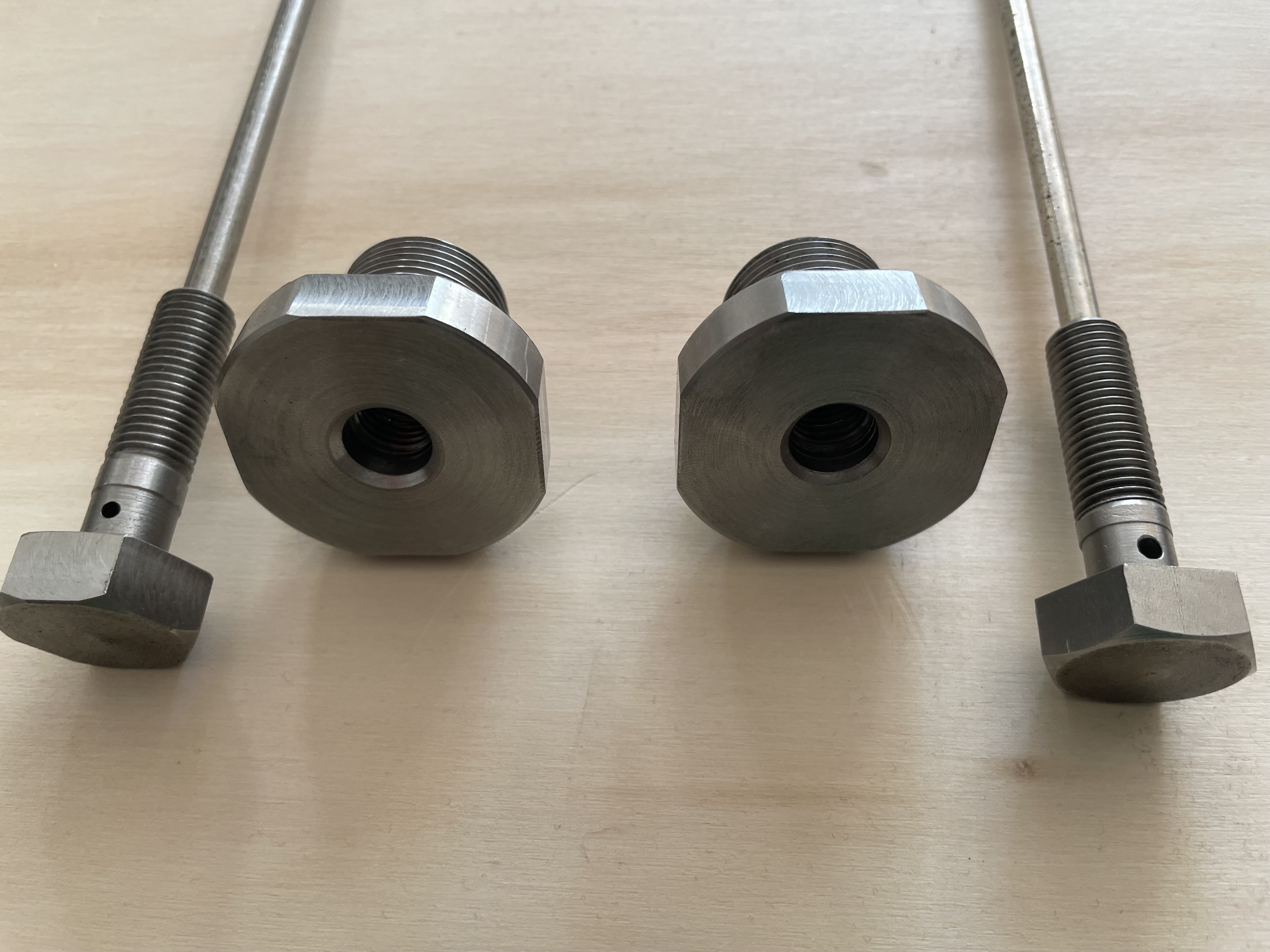 |
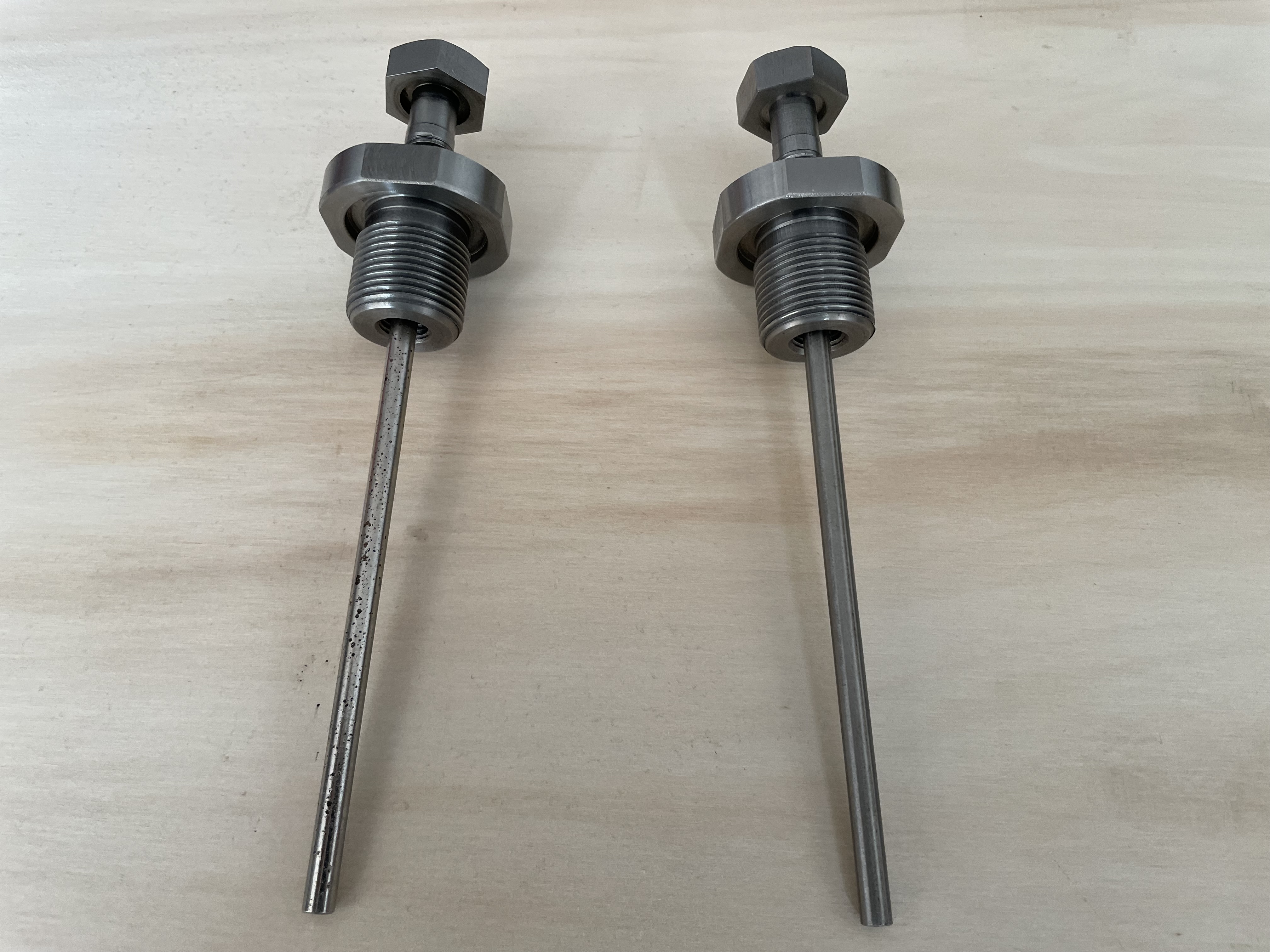 |
| Figure 14 |
Figure 15 |
Now all the internal components of the scuba set could be assembled again and the result can be seen in Figures 16, 17, 18 and 19.
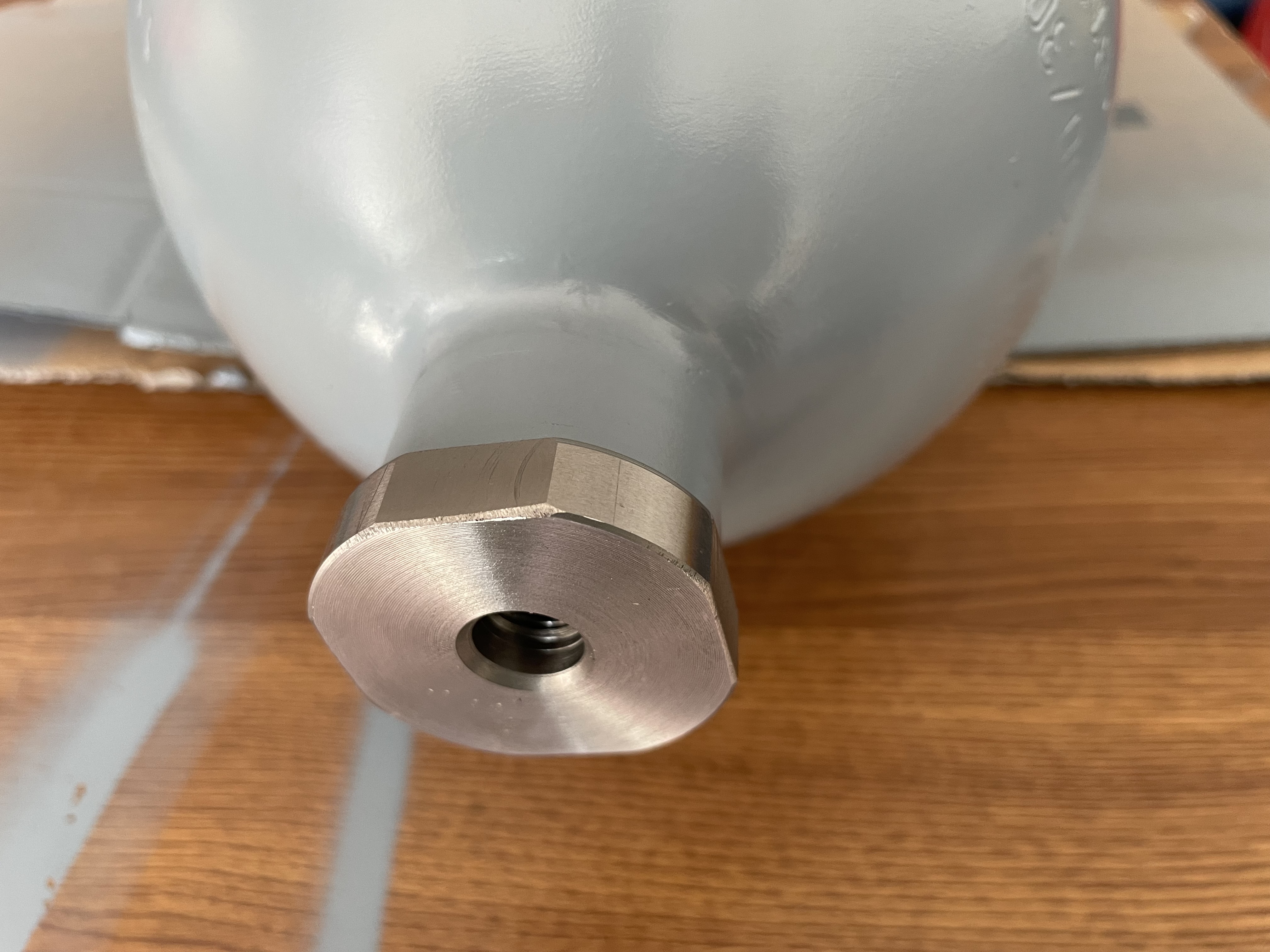 |
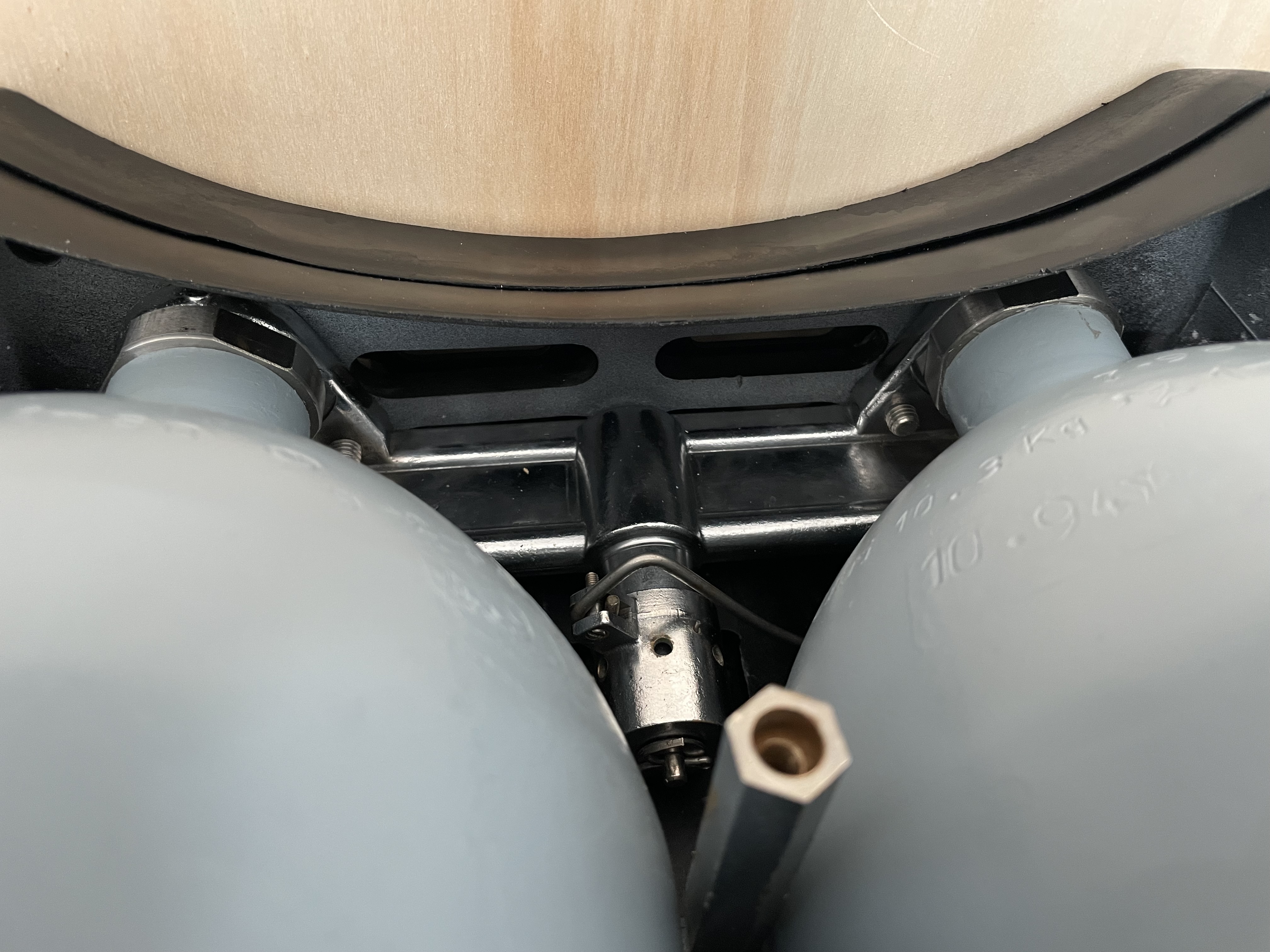 |
| Figure 16 |
Figure 17 |
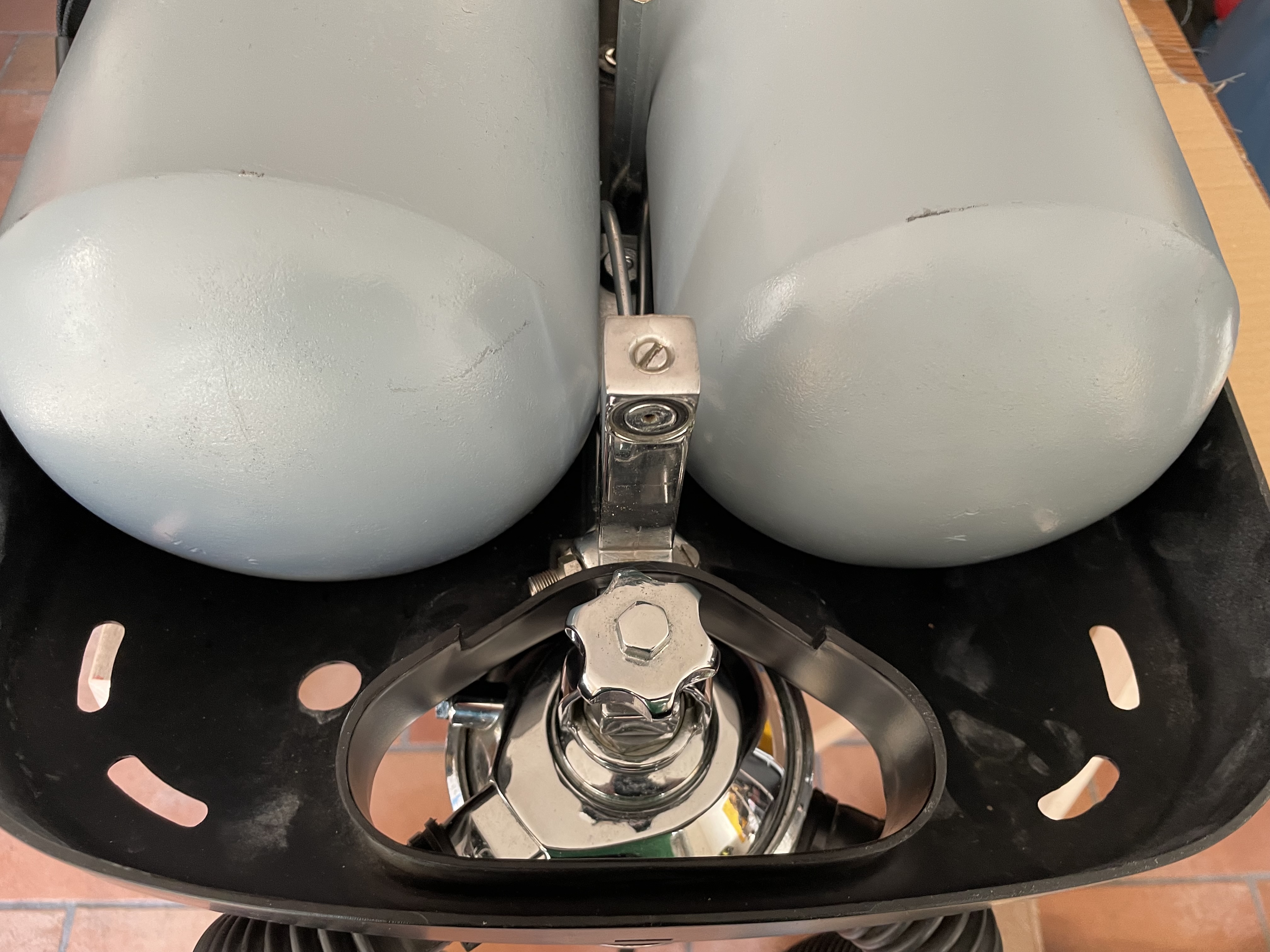 |
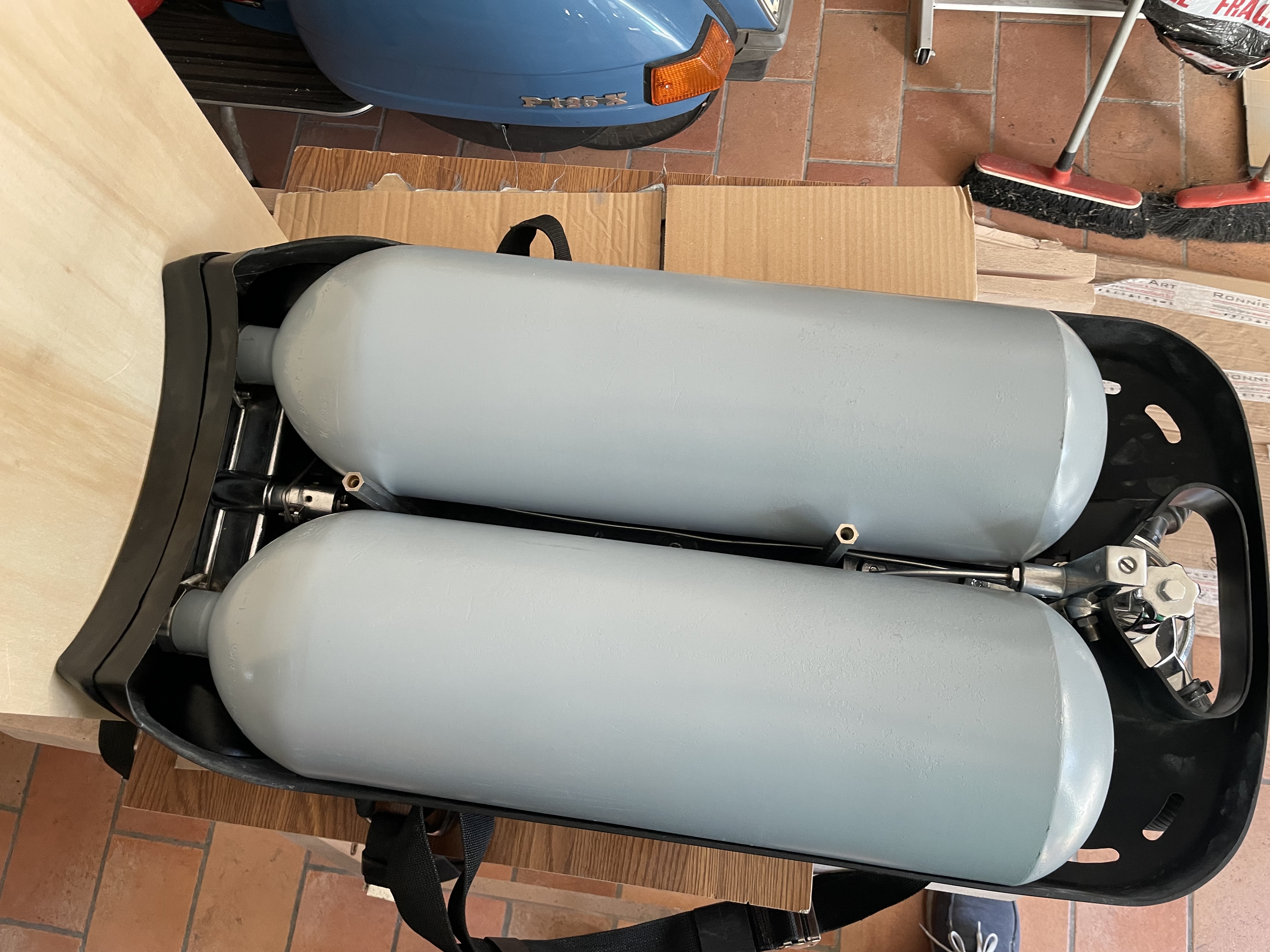 |
| Figure 18 |
Figure 19 |
To complete the scuba set, I also decided to install the same regulators which were the standard ones proposed by Technisub at the time of the launch of the model on the market, namely the single-stage Royal Mistral, as the primary regulator, and the two-stage single hose Aquilon, as the secondary air source. Both regulator models were built by the French company La Spirotechnique and distributed in Italy by Technisub itself.
After having reassembled the external shell, the two regulators mentioned above and having set up a specific dummy with relative support, the completely rebuilt scuba set is shown in Figures 20, 21, 22, 23, 24 and 25.
Unfortunately, I have not yet been able to find an example of the original Technisub pressure gauge which had a special female connection with the tanks valve and a small diameter hose. As soon as I find it, I will install it on this scuba set in order to have the complete configuration of this "little jewel" which will soon enrich the permanent exhibition of the pieces from my private collection.
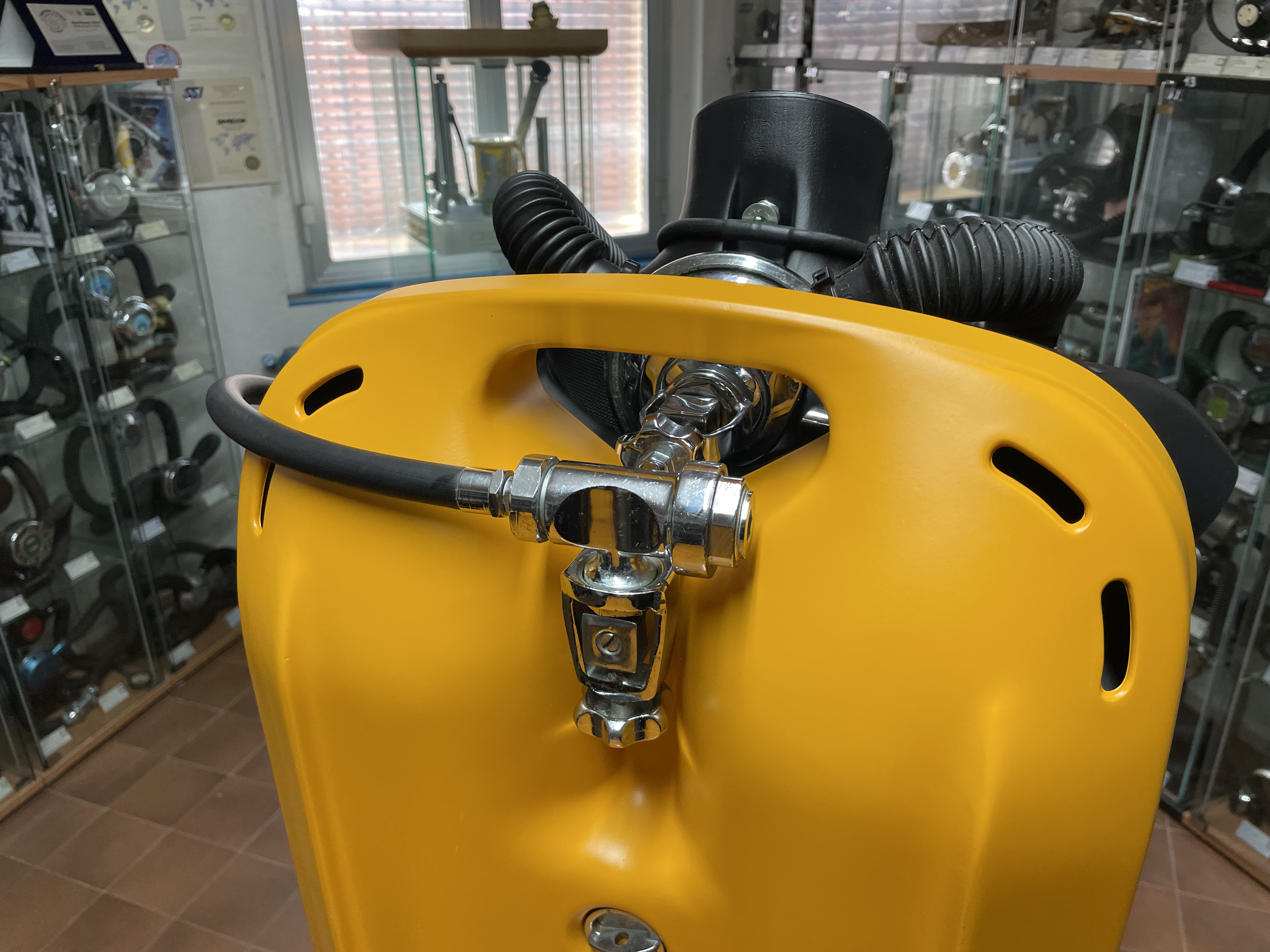 |
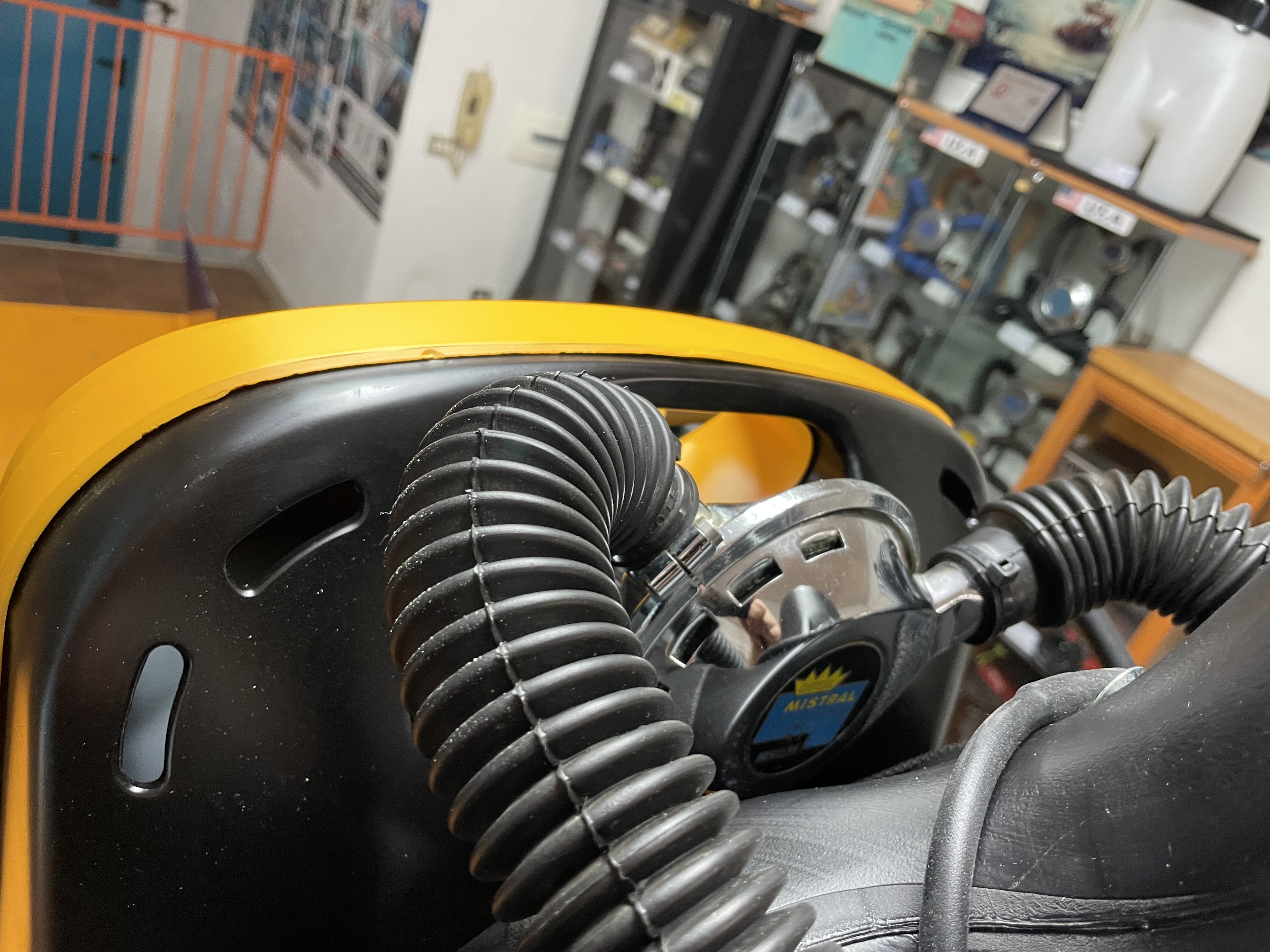 |
| Figure 20 |
Figure 21 |
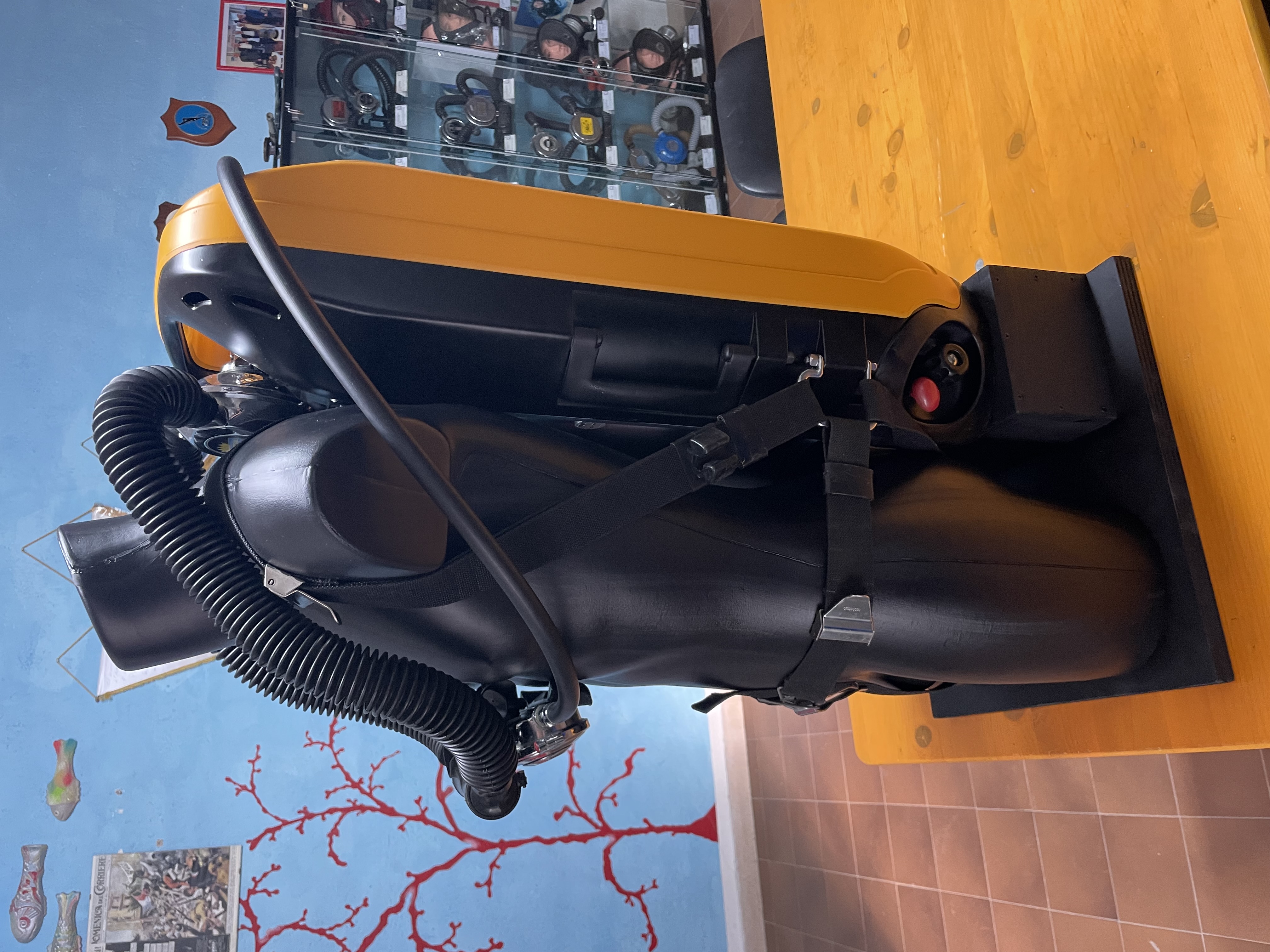 |
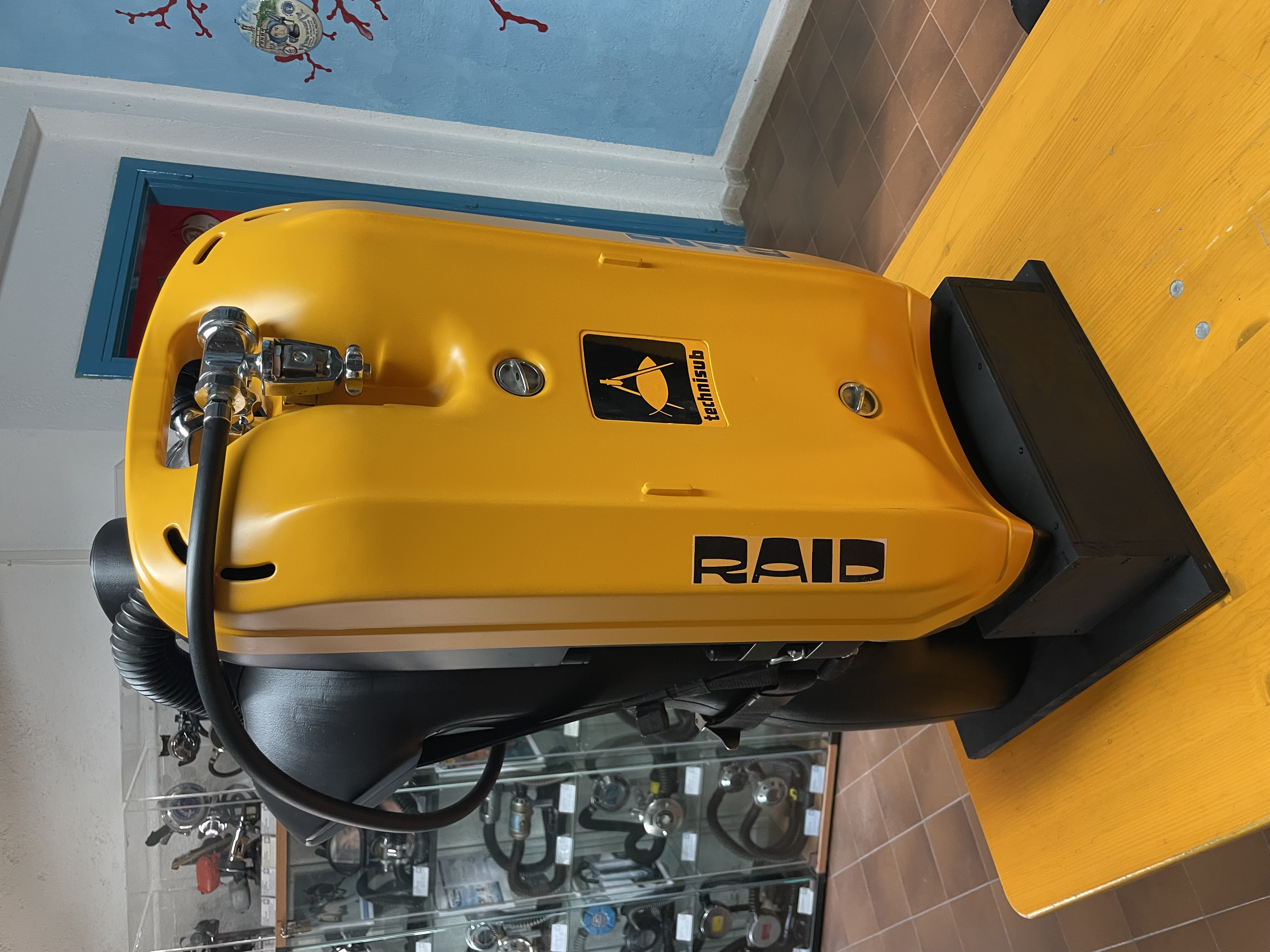 |
| Figure 22 |
Figure 23 |
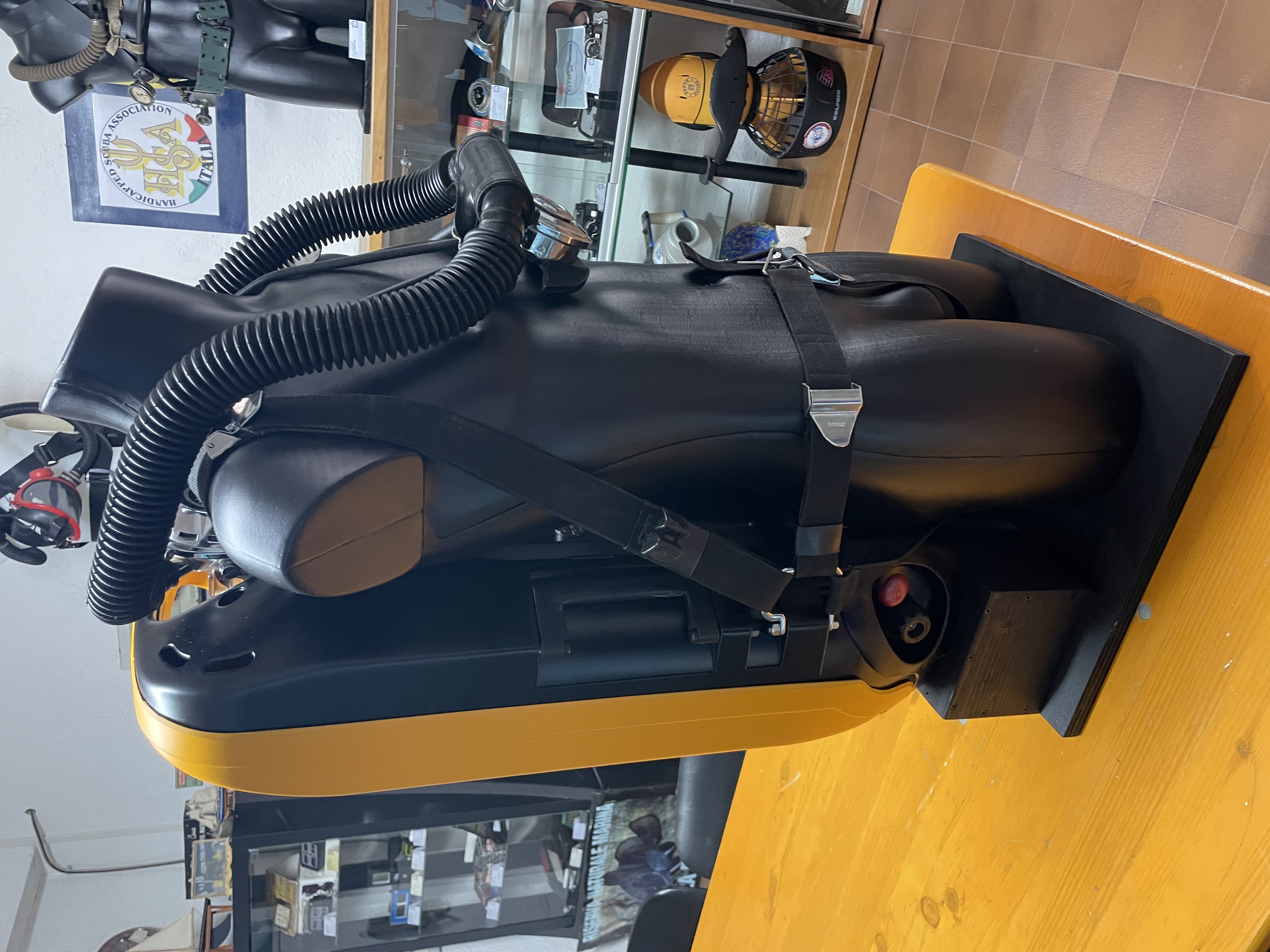 |
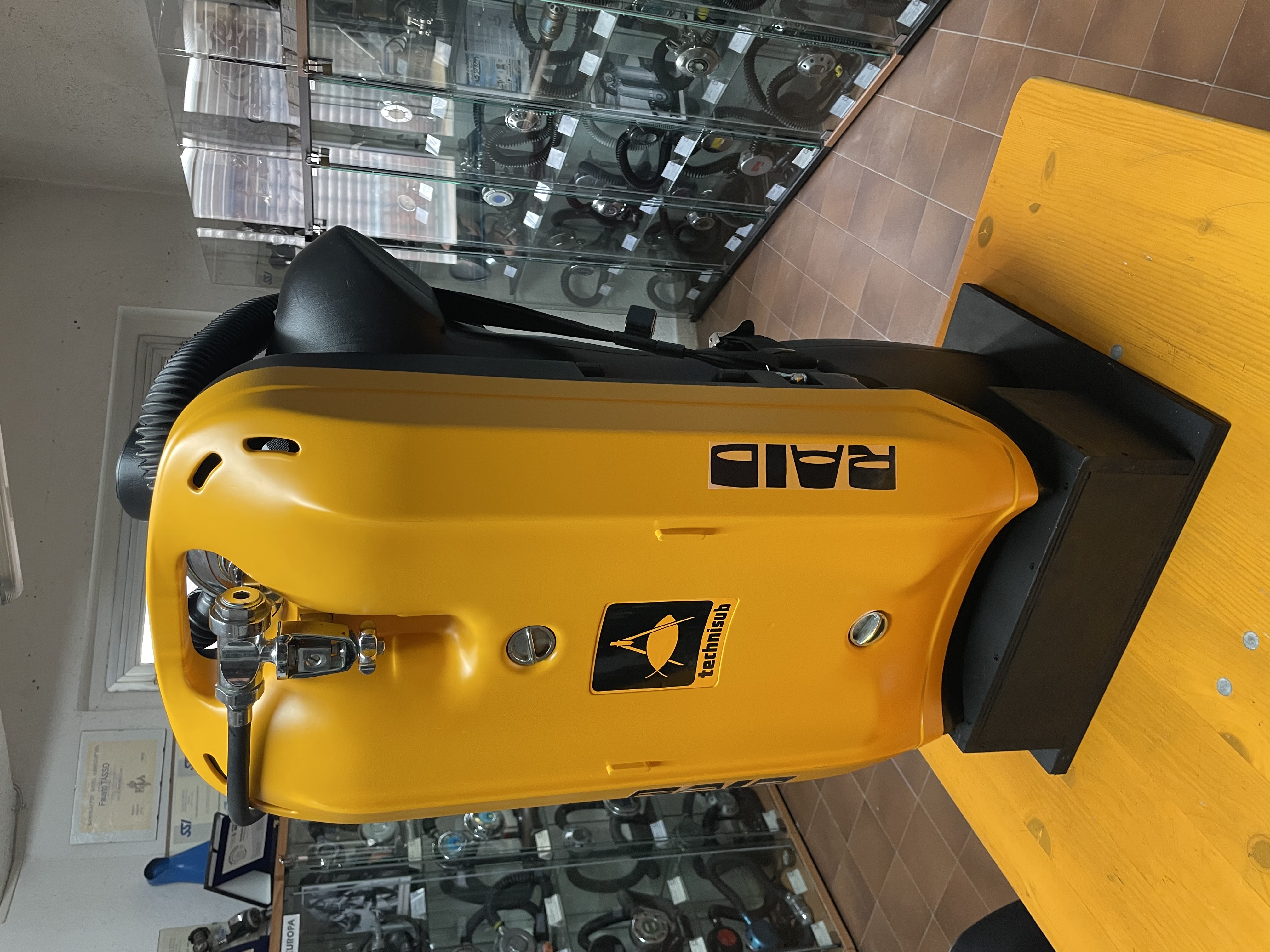 |
| Figure 24 |
Figure 25 |
________________







